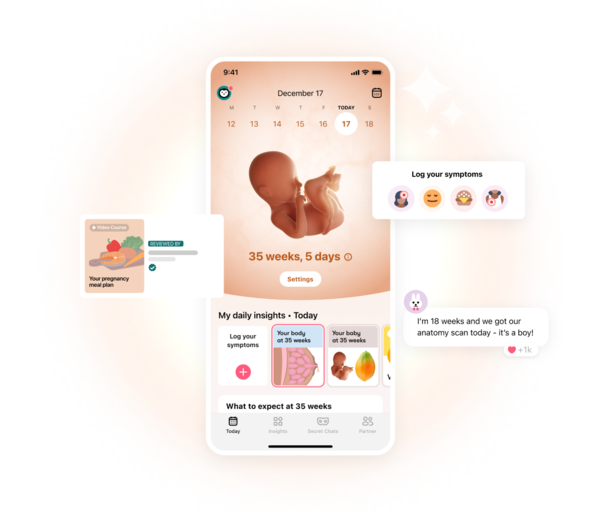Being pregnant can be loads of fun, with baby showers, cute maternity clothing, and the preparation for your new baby. But if you have cravings, mood swings, or sciatica, pregnancy can feel more like a chore.
There are many things that can be frustrating about being pregnant, but having sciatica pain might be one of the worst. Like a headache, it can completely derail your plans for the day and make trying to sleep at night miserable. But what exactly is sciatica pain during pregnancy? If you’re not sure if you have it or are looking for sciatica pain relief, read on. We define what it is and ways to ease it below.















 Follow your baby's growth week by week
Follow your baby's growth week by week